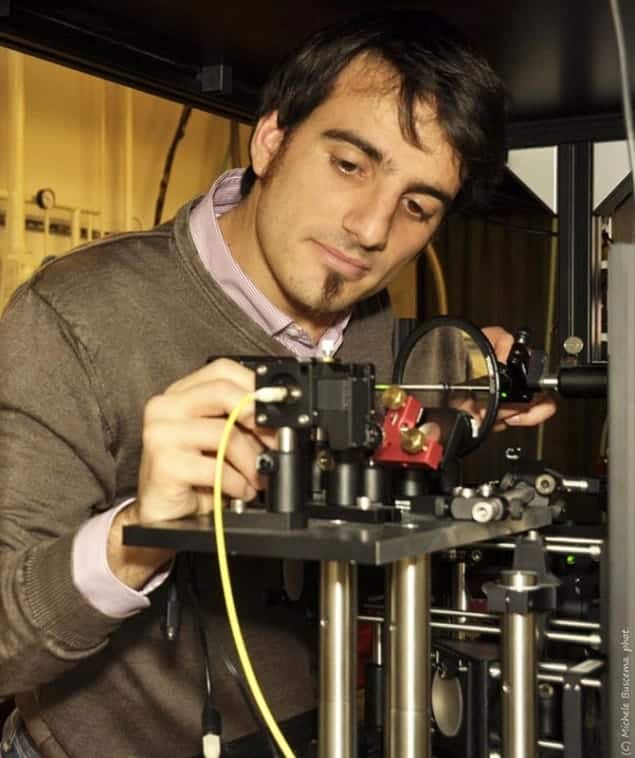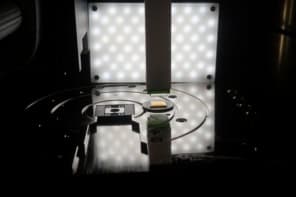
A new type of ultrafast and highly efficient photodetector containing quantum-dot junctions has been developed by researchers at Delft University in the Netherlands. The device dispenses with the conventional thin-film architecture currently employed in such photodetectors and could come in handy for a range of applications, including biological imaging and perhaps even photovoltaic cells.
Quantum dots are promising materials for making photodetectors because they are strong absorbers of light. Thin films of quantum dots can be readily manufactured from solution – a non-negligible advantage in creating low-cost devices. In a conventional quantum-dot photodetector, light is absorbed in such thin films to create free charges that then must reach electrodes in the device to produce a signal.
The problem is that the film of nanometre-sized particles is a very granular structure that contains numerous barriers and defects. These barriers slow down charge carriers in the device, so reducing the response time of the detector. The charge carriers can also become trapped at the barriers, something that greatly reduces the efficiency of the device.
Carefully placed dots
A team led by Herre van der Zant may now have come up with an answer to this problem – by getting rid of the thin-film-based architecture altogether. The researchers instead place each quantum dot in the device in direct contact with both source and drain electrodes so that the charges can then be extracted directly and quickly.
The main challenge in this work, explains team member Ferry Prins, was to create planar electrodes that were separated by only a few nanometres – a distance small enough for single quantum dots to bridge. The researchers achieved this using a technique called self-alignment.
“The trick was to use a natural oxide layer a few nanometres thick to ‘protect’ the first electrode,” he says. “Next, we deposited the second electrode directly against the first and selectively removed the oxide layer with an etchant, so exposing the nanometre-sized gap between the two electrodes.” The last step simply involved dipping the device into a solution of quantum dots followed by a brief chemical treatment to ensure good contact between the nanodots and the electrodes. Placing the dots in direct contact with the electrodes greatly speeds up charge extraction in the device, according to Prins.
Good signals
Despite its small size, the photodetector is still able to generate very good signals. This means that it can be integrated into devices with a much higher density than can thin-film detectors. “One potential application for the device is ultrahigh-density CCDs,” adds Prins, “and the extremely fast response time of the detector will also allow for shorter acquisition times, which is something that could be important for biological-imaging applications.”
In addition to photodetection, quantum-dot devices are showing promising results as photovoltaic cells. This is because single, high-energy photons hitting such a photovoltaic material can produce excited electrons or holes that have energies at least equal to or greater than the band gap of the quantum dot. Electrons with an energy exceeding twice the band gap can transfer their excess energy to one or more valence electrons and excite them across the quantum dots’ band gap, which leads to several excitons (electron–hole pairs) being produced for every photon absorbed. This process could help significantly increase the power conversion of solar cells.
“If our device was able to generate power at the nanoscale, this would be of great importance,” says Prins. “Creating a built-in potential in such nanodevices will be a technical challenge, but we already have some ideas that might work,” he reveals.
The device is described in Nano Letters.



